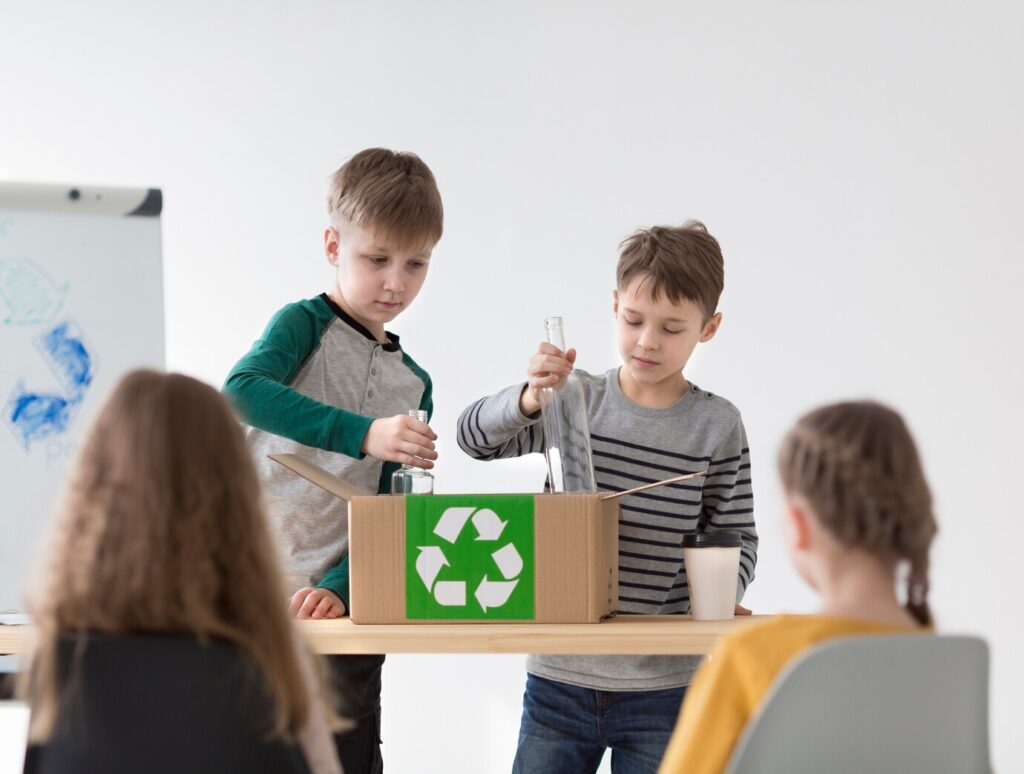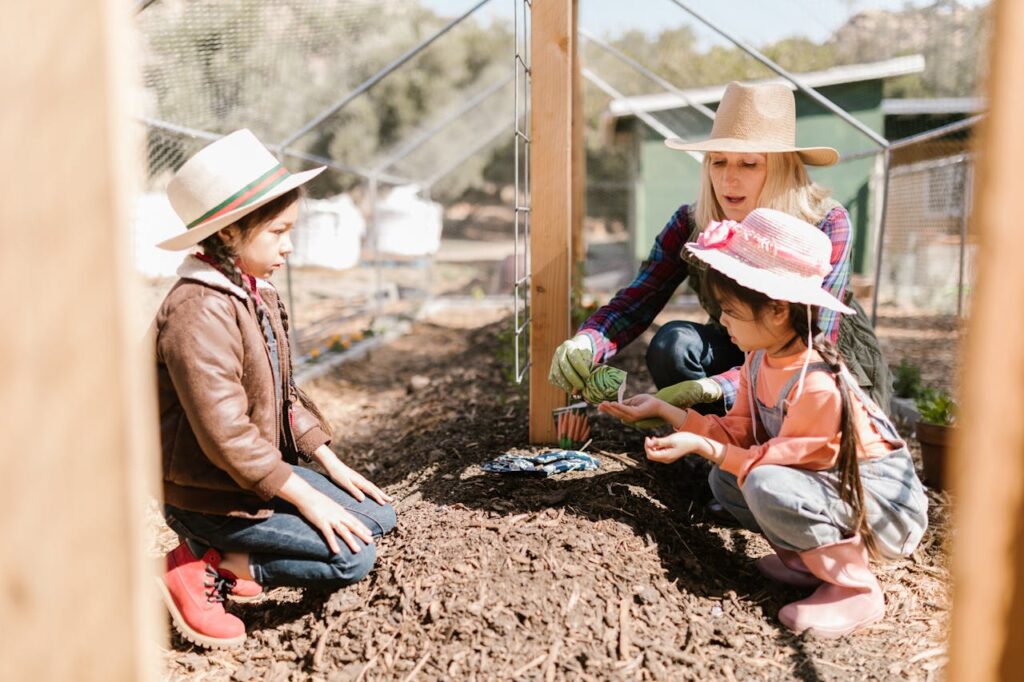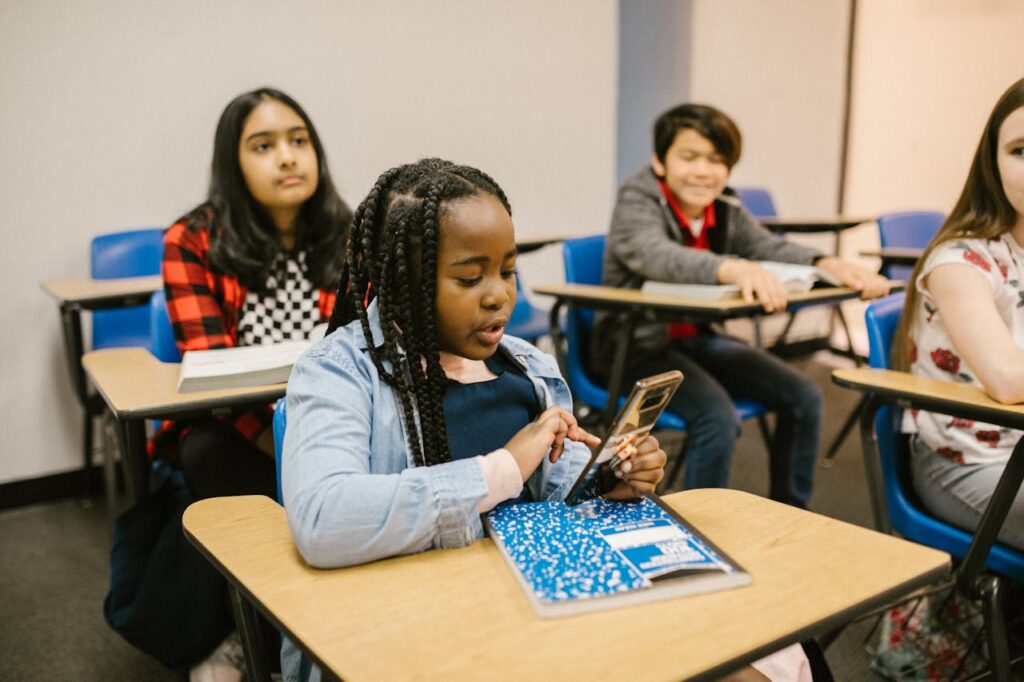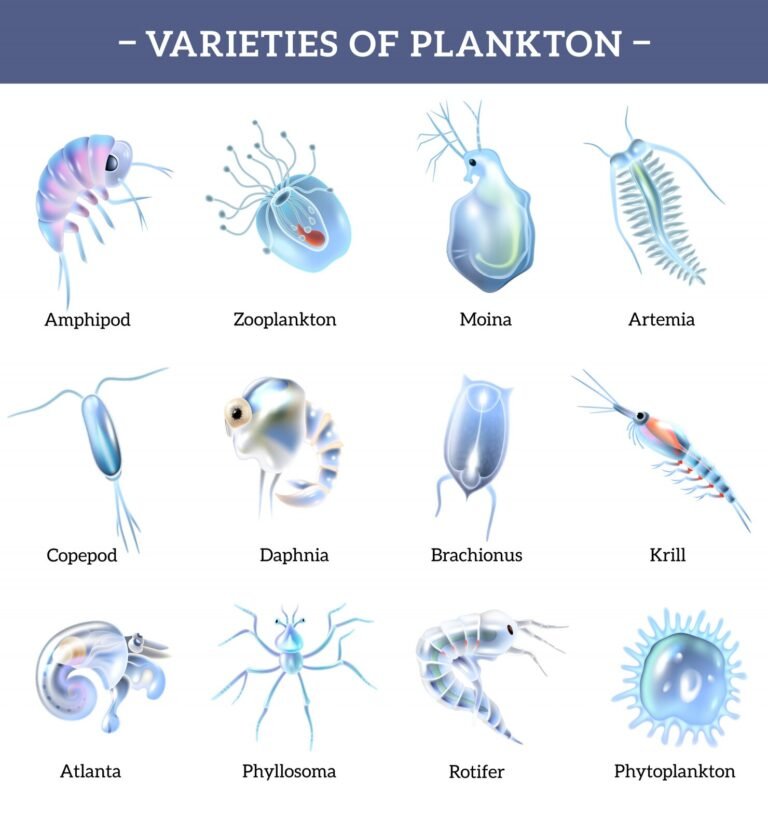Teaching sustainability in today’s world isn’t just a nice idea — it’s essential. Our students are growing up surrounded by news about climate change, plastic pollution, and endangered species. They see the wildfires on TV, hear about melting ice caps, and wonder what the future holds. It’s not enough to tell them to recycle or plant a tree — we need to give them the tools to think critically, understand the bigger picture, and take meaningful action.
I’ll never forget a question a 10-year-old student, Evelyn, asked me early in my teaching career. She looked up at me, wide-eyed and serious, and said, “If the ice is melting, why don’t we just fix it?” Her words stuck with me because they were so honest. Kids often cut straight to the heart of a problem. They don’t get lost in politics or jargon — they want solutions.
That’s why this guide exists. It’s not about overwhelming students with doom and gloom — it’s about helping them see that they have the power to make a difference. Together, we’ll explore practical, research-backed ways to bring sustainability into your classroom and inspire the next generation of changemakers.

In This Article
- 1. Building the Foundation: Understanding Sustainability
- 2. Creating a Human Connection: Stories that Inspire
- 3. Hands-On Learning: Sustainability in Action
- 4. Blending Sustainability into Every Subject
- 5. Using Technology and Media as Teaching Tools
- Measuring Impact: Tracking Progress and Growth
- Conclusion
1. Building the Foundation: Understanding Sustainability
Before we can teach sustainability, we need to understand what it really means — not just as a buzzword, but as a way of thinking and living. Sustainability isn’t just about saving trees or recycling plastic bottles — it’s about balance. It’s about how we live today in a way that doesn’t compromise the well-being of tomorrow.
The United Nations breaks it down into three key areas, often called the “pillars of sustainability”:
- Environmental sustainability means taking care of our planet — protecting natural resources like water, forests, and clean air, and reducing our negative impact on ecosystems.
- Economic sustainability is about growing our economies in ways that don’t harm the environment — creating jobs, supporting businesses, and innovating, but always with a long-term view.
- Social sustainability focuses on people — ensuring fairness, equality, and strong communities where everyone has access to basic needs like education, healthcare, and security.
What’s powerful about this approach is how interconnected these pillars are. You can’t pull on one thread without affecting the others. Imagine a community starting a solar energy project. It’s good for the environment because it reduces carbon emissions, boosts the economy by creating jobs, and supports the community by providing affordable electricity. All three pillars are working together.
Research supports this holistic approach. A study published in Sustainability found that integrating environmental, economic, and social dimensions in education enhances student engagement and academic success. Students exposed to all three pillars develop a comprehensive understanding of sustainability, leading to increased involvement and commitment.
So, how do we start building this foundation in the classroom? The best way is to make it real and relatable. Dr. Peta White, an educator at Deakin University, emphasises teaching students their role within ecosystems to foster informed decision-making and agency. By engaging students in hands-on projects, such as studying local endangered species, educators can demonstrate the tangible impact of sustainable practices.
Classroom Tip: Begin by discussing real-world examples of sustainability efforts. Look for local projects — a community garden, a school recycling program, or a local business using eco-friendly packaging. Ask students: What sustainability challenges do you see in your neighbourhood? It’s a simple but powerful way to help them see that sustainability isn’t some far-off concept — it’s happening right where they live.
2. Creating a Human Connection: Stories that Inspire
Sustainability education becomes impactful when it’s personal. It’s one thing to explain climate change with graphs and data, but it’s another to share the human stories behind these issues. People — especially students — connect more deeply to real experiences than abstract concepts.
Take the story of Isla Urbana, a nonprofit in Mexico City that installs rainwater harvesting systems in water-scarce communities. One young girl, Maria, used to walk long distances with her family just to collect water. Thanks to Isla Urbana, her family now has reliable access to clean water at home. Maria no longer misses school because of water shortages, and her community feels a sense of hope and relief.
When students hear stories like Maria’s, they realise sustainability isn’t just about saving the planet — it’s about helping people. It makes the concept relatable and urgent.
Classroom Activity: Encourage your students to research local sustainability heroes — maybe a neighbour who started a community garden or a classmate advocating for recycling at school. Let them present these stories to the class. This simple activity fosters empathy and shows that meaningful change often starts close to home, with ordinary people doing extraordinary things.
Real change begins when students see themselves in the story.
Learn More: Green Parenting: Raising Kids with a Minimal Carbon Footprint
3. Hands-On Learning: Sustainability in Action
Experiential learning isn’t just about getting students out of their chairs — it’s about turning ideas into action. When students roll up their sleeves and work on real-world sustainability projects, they don’t just learn — they feel the impact of their efforts.
According to a study titled “Assessing the Impact of Experiential Learning in Promoting Environmental Education and Sustainable Practices”, students who participated in hands-on sustainability projects demonstrated significant growth in their problem-solving skills and environmental awareness. It’s simple: when they tackle real issues — like reducing waste at school or growing their own food — they learn to think critically and creatively.
Ideas for Projects
- School Garden Project: Set up a small garden where students learn how to plant, compost, and understand the food cycle. Watching a seed grow into a plant teaches patience, responsibility, and care for the environment.
- Energy Audit: Walk students through an energy audit of the school, checking lights, appliances, and heating. They’ll spot wasteful practices and brainstorm ways to save energy.
- Plastic-Free Challenge: Host a week-long challenge where students track their plastic use and work together to find alternatives. It’s eye-opening to see how small choices add up.
Pro Tip: Give students leadership roles — project managers, researchers, or media coordinators. When they own their projects, their motivation skyrockets.
Real change starts when students stop just hearing about sustainability and start living it.

4. Blending Sustainability into Every Subject
Sustainability isn’t confined to science class — it can (and should) be part of every subject we teach. The world’s environmental challenges touch every aspect of life, so why not reflect that in the classroom?
Here’s how it can work across subjects:
- Math: Students can calculate their household’s carbon footprint or track energy consumption at school. It’s a simple way to connect numbers to real-world impact.
- Literature: Reading climate fiction (Cli-Fi) like The Overstory by Richard Powers opens discussions about how humans and nature coexist, sparking thoughtful reflections.
- Art: Encourage students to turn recycled materials into sculptures, showcasing creativity while promoting waste reduction.
- History: Dive into how past civilisations thrived or collapsed based on how they managed resources. This teaches us that sustainability is not new — it’s a lesson history keeps offering.
As Dr. Vandana Shiva, an environmental activist and author, once said, “Sustainability and justice cannot be separated.” This reminds us that teaching sustainability is not just about saving the planet — it’s about fairness, equity, and compassion.
By weaving sustainability into every subject, we help students see it’s not a distant concept — it’s part of their daily lives. Let’s make every lesson a step toward a better future.
5. Using Technology and Media as Teaching Tools
Technology can be a powerful way to bring sustainability to life for students. It transforms abstract concepts into real-world experiences they can see, hear, and interact with, making learning feel more relevant and personal.
Imagine a student using an app to track their daily plastic use or watching a documentary about coral reef restoration. These moments spark curiosity and, more importantly, a sense of connection to the world around them. It’s not just about learning facts — it’s about feeling part of the solution.
Top Tools:
- Earth School by TED-Ed: Fun, daily quests that teach kids about nature and sustainability in bite-sized, engaging lessons.
- NASA Climate Kids: Packed with games, videos, and articles, this tool helps younger students understand complex climate issues in a simple, relatable way.
- EcoChallenge Platform: A hands-on way for students to tackle real sustainability challenges, track their progress, and celebrate small wins together.
Classroom Activity: Organise a virtual pen-pal program. Pair your students with kids from another country and have them exchange stories about local environmental issues. It’s a simple yet powerful way to build empathy and global awareness while reinforcing classroom lessons.
When students use technology to explore sustainability, they don’t just learn — they feel empowered to make a difference.

Learn More: What Is a Tree Hugger? An Expert Guide
Measuring Impact: Tracking Progress and Growth
To keep sustainability education meaningful, it’s important to track both personal growth and project results. It’s not about scoring students on whether they “saved the planet,” but about showing them how their actions add up and helping them see their progress.
Assessment Strategies:
- Reflective Journals: Encourage students to write weekly entries about what they’ve learned and how they’ve applied sustainable practices in their daily lives. This builds awareness and keeps their efforts personal.
- Pre- and Post-Project Surveys: Simple surveys help students see how their understanding and attitudes have evolved. It’s a powerful way to show them — and yourself — the impact of your lessons.
- Class Sustainability Report: Create a collective report at the end of a project, highlighting small wins and areas to grow. This helps build a sense of shared accomplishment.
Interactive Element: Sample Survey
| Question | Pre-Project Score (1-5) | Post-Project Score (1-5) |
|---|---|---|
| I understand what sustainability means. | ||
| I know ways to reduce my carbon footprint. | ||
| I feel empowered to take action on environmental issues. |
Tracking progress isn’t about perfection — it’s about showing students that every small step counts.
Conclusion
Teaching sustainability is about more than imparting facts — it’s about nurturing a mindset of curiosity, empathy, and action. Every child in your classroom has the potential to become a steward of the planet, and your role is to guide them with knowledge and heart.
Action Steps for Educators:
- Start small — integrate one sustainability activity into your next lesson plan.
- Partner with local environmental groups for guest talks or field trips.
- Encourage student-led initiatives and celebrate their impact.
As we teach sustainability, let’s remember the words of Wangari Maathai: “It’s the little things citizens do. That’s what will make the difference. My little thing is planting trees.”
What will your classroom’s “little thing” be?







